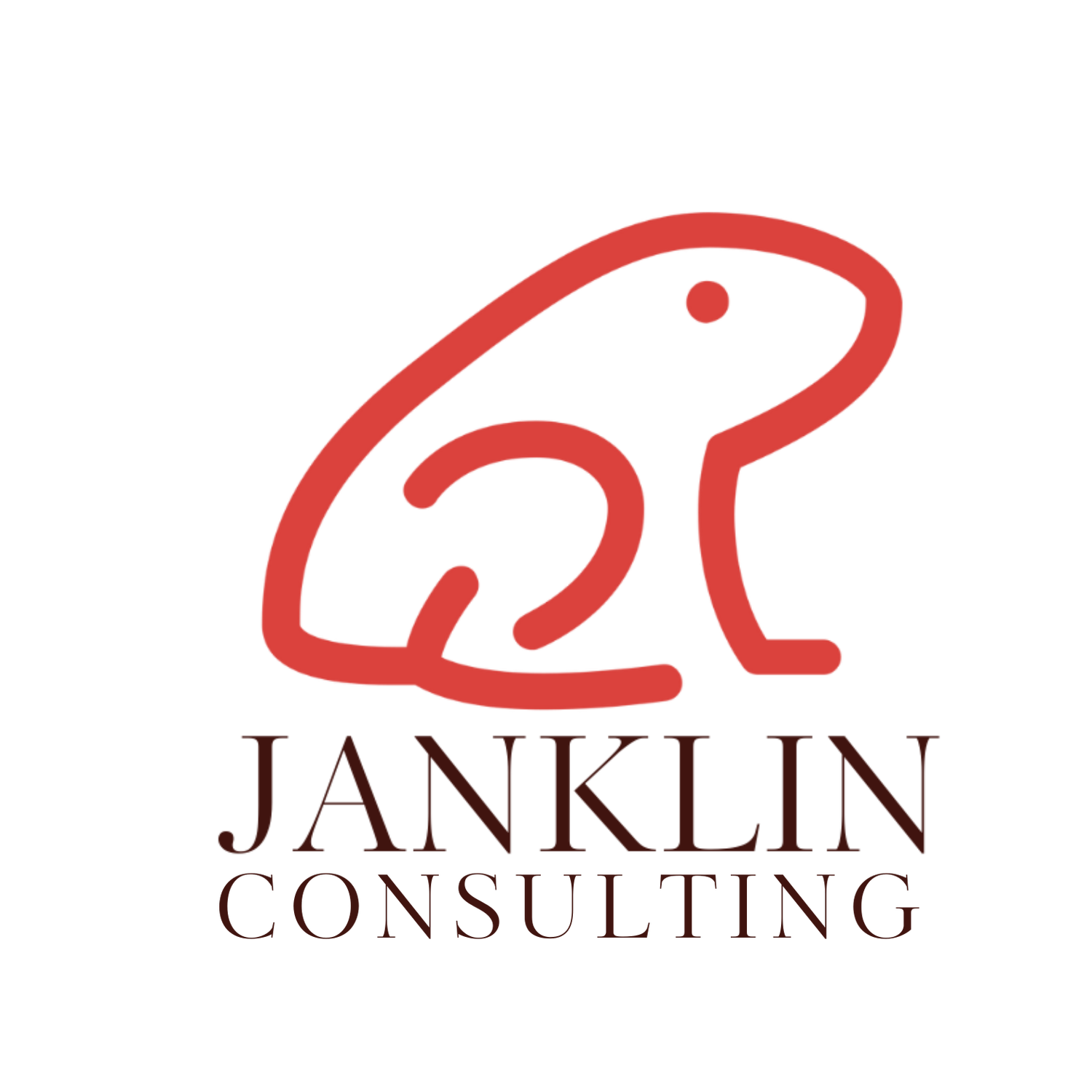Our Invisible Briefcase: Unpacking Cultural Privilege in the Workplace
“Disapproving of the systems won’t be enough to change them.”
British Airways recently announced a new uniform collection featuring hijab and tunic options for women employees[1]. L’Oréal is also in the spotlight recently with their new launch of a motorized device which enables people with disabilities to apply lipstick[2]. I am excited that these two organizations are launching products and services that benefit those from diverse cultures and abilities. Why? Because it’s long overdue and because an integrated world needs integrated cultures and people.
What is privilege? We see this word circulating our social media feed, maybe in our schools and if we’re lucky, even in our workplaces. The Oxford English Dictionary defines privilege as “a special right, advantage, or immunity granted or available only to a particular person or group.” The Latin origins of the word “privilege” simply mean “private law”. And this makes sense, that privileges are unspoken, subtle and exclusive.
There are many types of privileges that exist here in Canada. This list is not complete, but to name a few, there are privileges around age, religion, gender, physical ability, class, region, income, and ethnicity[3]. For many of us, these were built into our social systems long before we were born. We might even say that their effect on us is unconscious because we often live and operate without thinking about them. Please know that I do not mean to use the word ‘unconscious’ to excuse the behaviours which exclude, stigmatize, or oppress those who do not live with them.
Privileges are unearned advantages and by seeing them as they are, we will become more conscious, more aware and hopefully, more active in changing them.
I had the honour of reading “Me and White Supremacy[4]” by Laya Saad with a group of friends about three years ago. I highly encourage anyone who is visibly white passing and/or of a white people group, to read this with the knowledge that her truth telling is written with love, compassion, and dignity. Saad’s book was an incredible starting point for me to begin revealing the unconscious benefits with which the systems (institutional, health, education, economic, etc.) afforded me for so long.
Saad references Peggy McIntosh’s work around unpacking the invisible knapsack of privileges, focussing primarily on white privilege. Gleaning from what she learned from her friends and colleagues, all People of Colour, she invites the reader to engage with the privilege points afforded to predominantly white people groups. If you answer yes to her points, then you understand what those privileges are.
I believe understanding our white privilege is crucial in changing our workplaces and creating healthier work environments. And please know that I do not mention this without an understanding of the initial defense when white privilege is discussed. I was there. Shame and guilt didn’t help me change. Listening did.
What I want to focus on is cultural privileges within the workplace: those invisible, unspoken and very real privilege points that happen in our own work environment. Canadian culture is unique. Many cannot see it. When I first came to Canada, Canadians would often refer to their culture as a ‘salad’ and not a ‘melting pot’ like the United States. A salad, I was told, is where all the ingredients can be as they are without becoming like the others. While this is a nice thought, it is far from the truth of what newcomers experience here.
The ‘salad’ is more like a very slow melting pot, wherein subtle expectations, unspoken ways of communication and cultural privileges slowly push the newcomer into being assimilated, into being ‘Canadian’.
So, to springboard from McIntosh’s list, I have made my own. The list below is my personal reflection based upon the experiences of my friends and colleagues from culturally diverse backgrounds, immigrants and refugees who emigrated to Canada. If any of these points resonate with you and you can positively identify with them, then you will understand cultural privilege in the workplace.
I can style my hair the way I want, and no one will voluntarily touch it or tell me to do it differently.
Everyone pronounces my given name at work.
If I fail at work, I don’t have to worry about my legal right to stay in Canada.
No one talks about their faith or spiritual practice, and I am glad it’s kept private in the workplace.
I can work up the corporate ladder through hard work and determination.
If I didn’t hear what a co-worker or manager said to me, I know they won’t assume that I am hard of hearing or unintelligent.
I usually am invited out to have a ‘drink’ with my co-workers.
“I can be certain that if I ask to talk to the ‘person in charge’ I will be speaking with a person of my own[5]” culture.
My first language is the dominant language in the workplace.
The marketing materials, posters, brochures and even commercials, have my culture represented.
I don’t have to apologize for someone not understanding me.
If this job doesn’t work for me, I don’t have to worry. I can find another job easily.
People understand that my home is where I live.
I can interact with customers and clients without fear of being judged or insulted because my appearance and the way I talk is familiar to them.
My professional wear is appreciated and complimented.
“I can go home from most meetings of organizations I belong to feeling somewhat tied in, rather than isolated, out-of-place, outnumbered, unheard, held at a distance, or feared.”[6]
My workplace observes the holidays and days of significance that are important to me.
If you couldn’t positively affirm the points, then you know what it is to have your culture feel small, insignificant and without importance in the workplace.
Why is this important, Andrea? We are more integrated today than we have ever been in history. Trade in Canada is much more globalized.[7] Newcomers make up 23% of Canada’s population[8] and the number is expected to grow to up to 34% by the year 2041. If we want our businesses and organizations to succeed in the future, we need to examine the type of workplace environment we have. Are we integrating other cultures? Or are we assimilating them?
I do not write this to shame anyone. No change or healing is brought about by shame, disgrace, or guilt. And I do not write this to say all Canadian workspaces are not nice. I believe everyone is really nice in Canada. But nice and honest aren’t the same thing.
We must honestly examine ourselves first and examine ourselves with kindness and compassion. Self-awareness without self-love is torture.
And we need to do this in community, in collaboration with our workers, our managers, with the voices outside of our own culture being at the centre.
This is exciting work! Unpack that briefcase. Take it all out. See it. Be aware of it. Change it.
Sources Cited:
[1] British Airways Unveils New Uniform Featuring Hijab Options. Arab News. 9 January 2023.
[2] Ward, M. L’Oréal Made a Handheld, Motorized Device That Helps People with Disabilities Apply Lipstick. It’s meant to give users independence. Business Insider. 5 January 2023.
[3] McIntosh, Peggy. Some Notes for Facilitators on Presenting my White Privilege Papers, Wellesley Centers for Women. Wellesly, MA: 2010.
[4] Saad, Layla F. Me and White Supremacy: How to Recognise Your Privilege, Combat Racism and Change the World. Quercus Editions Ltd., Carmelite House: London, England. 2020.
[5] McIntosh, Peggy. White Privilege: Unpacking the Invisible Knapsack. Peace & Freedom Journal. July/August 1989.
[6] Ibid.
[7] LinkedIn & Ontario Ministry of International Trade. LinkedIn Economic Graph Project: Understanding Trade Through International Connections. 2018 February.
[8] Stats Canada. Immigrants Make up the Largest Share of the Population in over 150 Years and Continue to Shape Who We Are as Canadians. 26 October 2022.

